How your Discharge Changes During your Hormonal Cycle
bloomwell,
#discharge
#health

Discharge is the fluid that comes out the vagina during the month (not including period blood). Discharge is normal! it's the vagina's 'self-cleaning' mechanism and helps to keep the vagina clean and prevent infections. The colour of discharge can also indicate different things going on in the body. Discharge is the mucus created by the cervix and controlled by hormones.
To read about what the colours of discharge mean, including indications of infections, click here.
In this article we're going to discuss how and why discharge changes throughout the month depending on the stage of the hormonal cycle.
The chart below shows an example of a how discharge may look during different times of the month. This chart is based off an average from Planned Parenthood. Everyones bodies are different and each body's hormones can even change month to month! Your body will more likely than not be a variation of these charts, these charts are just here to help not because they are the only way a body should be, if we included charts for every option there would be the same amount of charts as people with vaginas as every body slightly varies.


Chart explanation:
 The starting point of the chart is the first day of a period, period bleeding usually lasts 3 to 7 days, click here to read more on periods. You will likely not see any discharge as it is mixed with the period blood.
The starting point of the chart is the first day of a period, period bleeding usually lasts 3 to 7 days, click here to read more on periods. You will likely not see any discharge as it is mixed with the period blood.
 After your period and leading up to before you period you may experience a few days of dryness with no discharge.
After your period and leading up to before you period you may experience a few days of dryness with no discharge.
After period: oestrogen drops, progesterone rises causing discharge to lessen and become more dry.
 Leading up to ovulation the body produces more discharge as oestrogen starts to increase. It's usually slightly white or yellow (unusual bright yellow discharge may be a sign of infection, if this is the case consult a doctor). This discharge may be thicker and more sticky. This type of discharge may reoccur after ovulation.
Leading up to ovulation the body produces more discharge as oestrogen starts to increase. It's usually slightly white or yellow (unusual bright yellow discharge may be a sign of infection, if this is the case consult a doctor). This discharge may be thicker and more sticky. This type of discharge may reoccur after ovulation.
 Similar to sticky, cloudy discharge is likely to appear right before and after ovulation.
Similar to sticky, cloudy discharge is likely to appear right before and after ovulation.
 Wet / slippery discharge is usually an indication of ovulation, meaning this is when you are most fertile with high oestrogen levels. The vagina provides a lubrication making it easier for sperm to reach the egg after sex. On average people with a 28 day cycle will ovulate around day 14.
Wet / slippery discharge is usually an indication of ovulation, meaning this is when you are most fertile with high oestrogen levels. The vagina provides a lubrication making it easier for sperm to reach the egg after sex. On average people with a 28 day cycle will ovulate around day 14.

Notes:
- This chart does not apply to pregnant people as their hormonal cycle differs
- Some people use tracking their discharge / cervical mucus as a form of birth control. We do not recommend this as it requires having a very consistent and predictable cycle and even then it is not very effective as it is possible to get pregnant outside of ovulation and sperm can survive in the vagina several days after sex. However, if you are trying to get pregnant, tracking your ovulation is useful as you are more likely to get pregnant during ovulation.
- Again, this information is based on an average, meaning there will be people at opposite ends of the scale and in between. Every body is different and hormone levels can change from person to person, however although it may vary by time, this hormonal pattern is common amongst vagina owners so if you notice unusual discharge or long irregular periods, its best to consult a doctor.
Share your thoughts
We're on a mission to bring our community the best content! Loved this article? Got ideas to make it even better or suggestions for future topics? We'd love to hear from you! Your input shapes the future of our content.